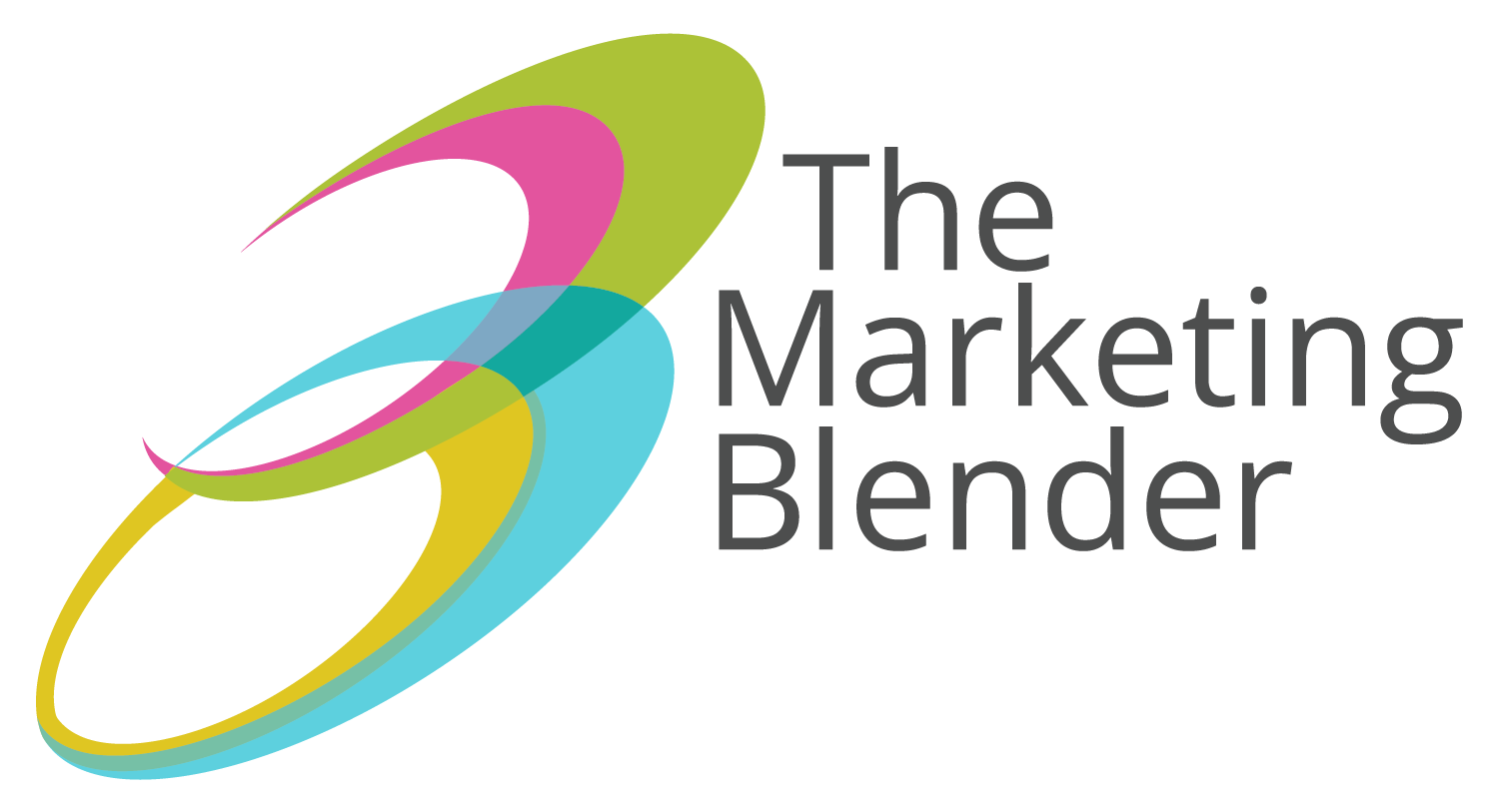How can B2B email drip campaigns can cause a flood of sales? A drip campaign is a series of emails that are sent automatically on a set timeline. Since they are triggered by a specific action, they can be a useful tool for moving prospects along the buyer’s journey and strengthening relationships with existing customers.

The 5 types of email drip campaigns
Email is a highly personal and effective means of communication — but only if the message you are communicating is relevant and valuable. Use these five types of email drip campaigns to target your prospects and customers with the right message at the right time.
Welcome campaign
When someone subscribes to your email newsletter, that action of signing up should trigger a series of emails that introduces them to your company. Also known as an indoctrination campaign, it should set expectations on the value they’ll get from your newsletter. Welcome them in and make them feel good about joining. They’re investing their time with you, so celebrate the start of a great relationship.
Information and actions that this drip campaign should contain:
- Begin with welcoming new subscribers and introducing them to your brand.
- State in a few bullet points the benefits they’ll receive as a subscriber.
- Tell them what to expect from your newsletter, including what you’ll provide and any action steps you want them to take.
- Ask them to add your email address to their address book to avoid having your newsletter diverted to their junk mail folder or marked as spam. Use language like, “Don’t miss out on this valuable information…”.
- Send a recap of your most popular content, such as link to past versions of your newsletter, videos, articles or social posts.
Stage of buyer’s journey: Awareness
Engagement campaign
This email drip campaign targets people who’ve engaged with your company but did not complete the next step in your funnel. For example, they downloaded a white paper but didn’t request a demo. This series of emails should help turn them into buyers by presenting the next logical step based on what you know about what they’re interested in.
Information and actions that this drip campaign should contain:
- Acknowledge the action they just took.
- Overcome any objections they may be experiencing. Push on the pain. Talk about the emotions of their decisions, not just the tactical features.
- Clearly spell out the benefits of the next step they should take.
- Directly ask them to take that action step (i.e., schedule a call or request a demo).
Stage of buyer’s journey: Consideration
Ascension campaign
This campaign delivers a relevant offer to drive a buying decision. A sequence of emails is designed to make the offer, provide incentives to purchase and overcome objections. This technique can also be used to upsell or encourage a buyer to become a repeat customer.
Note that your offer must be relevant to where they are in the buyer’s journey. Push too hard or try to sell too soon and you’ll sabotage your efforts. Nurture your prospects and customers until they’re ready for a compelling offer.
Information and actions that this drip campaign should contain:
- Reference the action they took that triggered the email.
- Congratulate them on taking action and recap the benefits they’ll receive.
- Introduce the next action you want them take and describe the additional benefits.
- Overcome any objections.
- Clearly ask them to take the next action step.
Stage of buyer’s journey: Consideration and Decision
Segmentation campaign
Instead of being triggered by an action that an individual takes, this campaign is sent to your entire list or a large portion of it. The goal is to divide or segment your audience by interest. In other words, you want the right people to raise their hands and identify themselves by taking the requested action.
Pro tip: Be sure to have an engagement campaign ready to follow up with each new segment of your audience.
Ideas for segmentation campaigns:
- Promote an event such as a workshop, demo or webinar. After they register and attend, send a follow-up engagement campaign about the topic of the event.
- Send a special offer or discount for a product or service that is relevant only to one of your buyer personas or a particular industry.
- Feature content that is focused on a particular niche. By clicking to engage with that content, subscribers indicate they are interested in additional information or offers related to that niche.
Stage of buyer’s journey: Awareness, Consideration or Decision
Re-engagement campaign
This series of emails targets inactive subscribers to encourage them to open, read and engage with your emails again.
Information and actions that this drip campaign should contain:
- Identify inactive subscribers; typically, anyone who hasn’t clicked on an email in the prior 30 to 60 days.
- Give them a fresh reason to engage.
- Remind them of the benefits of your emails that they’ve been missing out on.
- Resend some of your most popular content (similar to a welcome campaign).
- Subscribers who do not engage should be removed from your list. (Inactive subscribers raise your costs and hurt your metrics.)
Stage of buyer’s journey: Awareness and Consideration
These five types of drip email campaigns are proven to expedite the buyer’s journey. However, they are not a one-size-fits-all solution. Experiment to learn what content and offers perform best in different types of drip campaigns for each of your buyer personas.
The Marketing Blender is a full-service B2B marketing agency focused on accelerating growth for clients in manufacturing, healthcare, software and professional services.
You can share this article using the social icons below and sign up for the Blender newsletter for more insights here.
Interested in FREE advice that will help you propel your sales? Join Blender’s Blog today!



